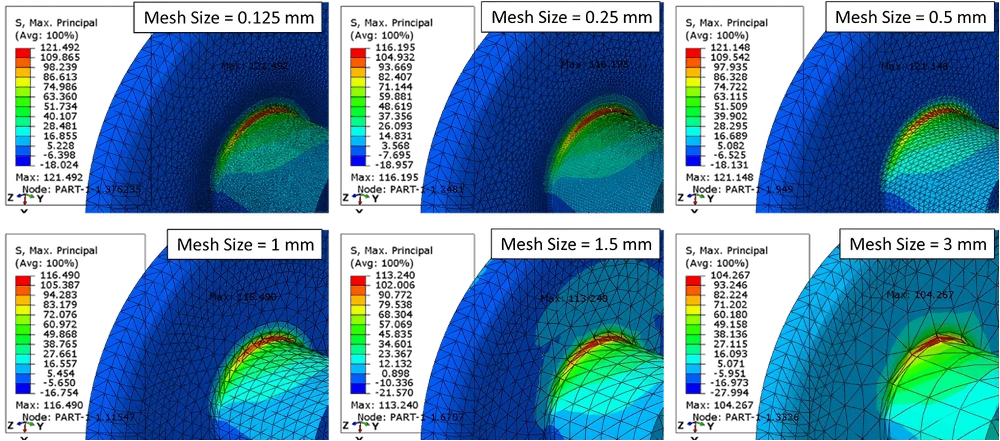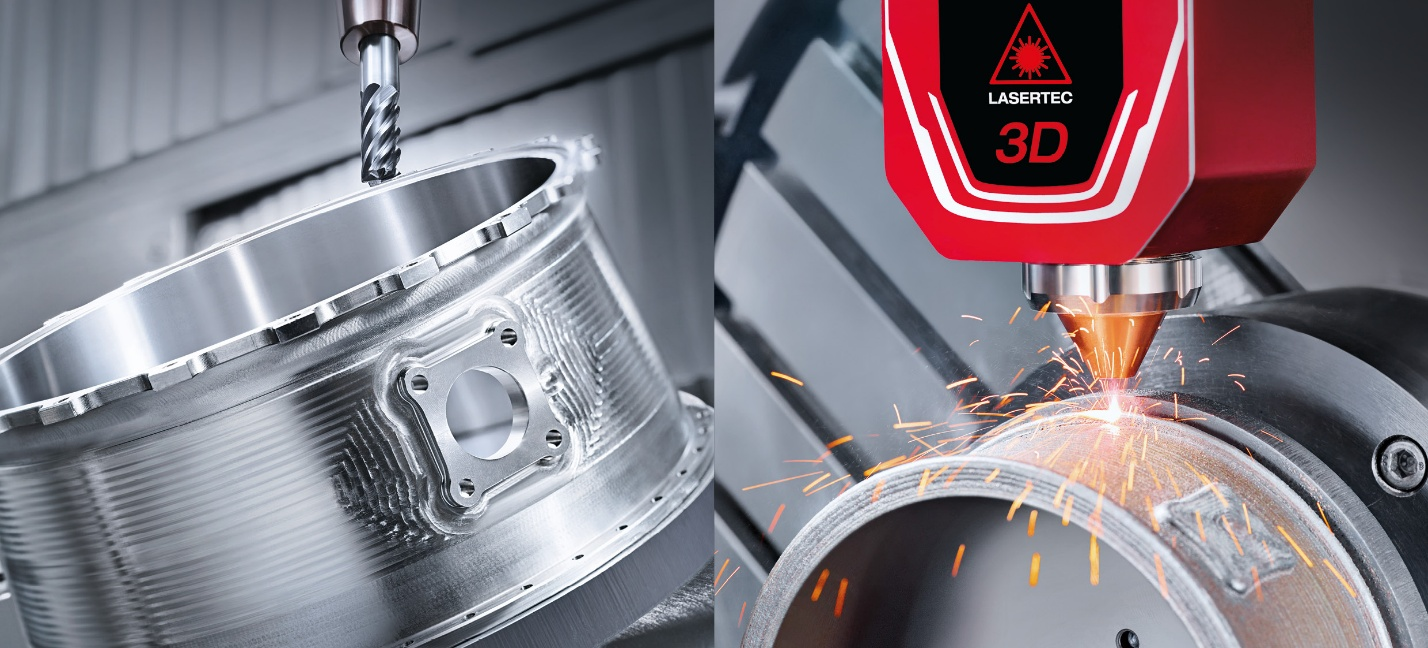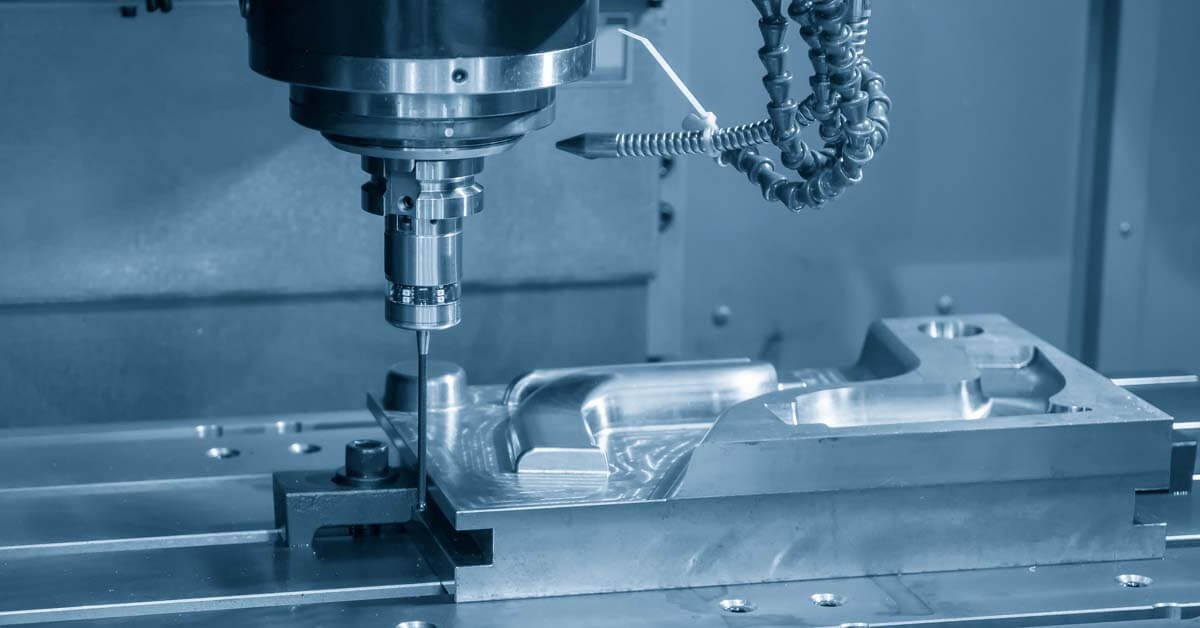The swiftly expanding modern-day manufacturing region requires CNC machining. CNC machining describes how a machine is operated mechanically through a computer alternatively or via any manual operator.
Machine tools, on the other hand, use different methodologies like milling or turning some of the stuff to make a ready-made section - this is frequently remarked as discrete manufacturing. It's fundamental that on the primary numerically managed machines of the Nineteen Forties and 1950s, the movement used to be handled with perforated strips of paper or cards.

"NC( Numerical Control)" didn't end up as "CNC ( Computer Numerical Control)" until computer systems were added as controllers in the 1960s. A programming language called G-code used to be added to translate an NC program or information into particular moves for desktop tools.
Therefore, CNC may be applied to an authentic style of tools and manufacturing processes. Automated and digitally controlled machine methods are known as CNC machining. Standard machining methods include:
•During milling, the material is removed while the shaft rotates
•Rotation, where the material is removed while the workpiece rotates around a stationary axis of rotation.
•Drilling, within which part has drilled a hole.
•Sawing is the process of employing a blade to chop material (into components).
•Filing is used for cleaning and only removes a small amount of fabric by combining grinding and sawing. Using an abrasive technique, a smooth or shiny surface is made during polishing and brushing.
These processes are often observed as traditional machining and abrasive operations. Each form of machine shaft has its function. These axes correspond to the movement of the machine within the respective direction. However, some CNC machines may have more or fewer axis, depending on their design.
These machines have a minimum of 3 axes and operate the XYZ plane:X axis (vertical), Y axis (horizontal), and Z axis (baritone). The 4th axis represents the inclusion of the A axis (rotation around the X axis), and therefore, the 5th axis represents the B axis (rotation around the Y axis).
Most CNC machines are closed-loop devices with off-limits control loops reducing the risk of error. It also fixes most irregularities. Some are open loops. The controller runs on a single line from the controller to the motor. One-sided dictation can introduce irregularities in open-loop machines.
What are Axis and Types of Axis?
Each type of machine axis has its features. These axes correspond to machine tool motion in the appropriate direction. However, some CNC machines may have more or fewer axes depending on their design. These machines have at least three axes and move along the XYZ plane.
The X-axis (vertical), Y-axis (horizontal), and Z-axis (depth). The fourth axis represents the recording of the A axis (rotation about the X axis), and the fifth axis represents the B axis (rotation about the Y axis
What is 4-axis CNC Machining?
A 4-axis CNC processing machine is a computer-controlled machine that moves tools in four directions, up, down, left, right, front, and back, and cuts out blocks to create three-dimensional objects Of material. These machines have more potential than 2-axis and 3-axis machines in terms of accuracy and capabilities. CNC machining on a 4-axis machine can handle some complex curved surfaces by ideally linking the rotary axis and three XYZ linear axes.
There are two types of 4-axis CNC machining: indexing and continuous machining. Index 4-axis CNC machining is when the fourth axis (A-axis) rotates then the machine is not cutting material. Once the correct rotation is selected, the brake is applied, and the engine resumes cutting.
Continuous 4-axis machining allows the engine to cut fabric simultaneously while rotating around the A axis. This enables you to handle complex arcs. This level of capability and efficiency means that all types of industries, including architecture, oil, gas, construction, military, etc., prefer 4-axis machining to bring their product designs to life. 4-axis machining is a critical area in the world of CNC milling.
This article is written to help a beginner understand how and why to use the 4th axis on the CNC milling machine.

In the first part, we will see what the 4th axis is used for. In the second part, we will see how they work. If you are new to CNC, your first impression may be that the 4th axis is built using the same rotary table used in manual machining. There are many projects where someone converts a manual rotary tab to his 4th axis.
There is some truth to this idea, but it is largely false. Most of the work in manual 4th-axis machining involves cutting features along arcs, which is challenging to do with manual machines. CNC makes it easy to cut along angles. There are G codes G02 and G03 for that. In some cases, a 4th axis is used for continuous machining. That is if you want to machine the tool while the 4th axis is rotating. But there are many other applications as well. For mass production of special-shaped parts, casting, forging, or powder metallurgy can be used to reduce the cost of manufacturing the part.
Still, in the early stages, the mold cost is higher, and the mold prototyping cycle is longer. If the production lot is small or the product is in the development stage, there is no time to wait and invest in expensive molds for molding and processing. When using 3D additive printing processes, the requirements for the mechanical properties of the part are often not met.
Therefore, it is practical to remove material by machining processes. In the past, processing used standard equipment and required many procedures and operations.
It basically requires a device and a highly skilled operator. Hence, the product development cycle is long, and the development cost is high. With the development and spread of CNC equipment, it has become possible to make the most of CNC equipment and quickly process complex special-shaped parts.
The clamping method of 4-axis CNC parts processing adopts mandrel positioning, the mandrel is clamped on the rotary table, and the rotation of the A-axis drives the parts joined with the main shaft during processing.
The positioning reference of the mandrel is related to the central rotation axis of the position, and the working surface and inner wall of the mandrel are determined according to the requirements of the cavity structure and dimensional tolerance of the particular molding part and maintain coaxiality ≤ 0.02. Functionally, the mandrel provides torque through stiction to ensure cutting stability.
Mandrels provide radial support to prevent the thin walls of specially formed parts from deforming by cutting forces. At the same time, the roughness of the working surface of the mandrel is above Ra0.8, the surface is smooth and smooth, and the inner wall of special-shaped parts is not scratched.
Difficulties in 4-axis machining of special-shaped parts
1) Plates and Sleeves
Such workpieces typically include keyways and radial holes. Vertical machining centers are used for end-hole systems or curved plate shafts such as bushings, hole plates, and engine covers. Horizontal machining centers are often used for parts with radial bores
2) Special or odd-shaped parts
Irregular parts have unique shapes, and most features require multipoint blending of points, lines, and surfaces such as VMC is showing its dominance at this point.
3) Complex surface parts
The air transportation industry makes use of parts with complex surfaces such as cams, integral engine impellers, propellers, mold cavities, and box or shell parts with complex curves, curved contours, or closed holes that are difficult to be processed.
It is challenging to achieve high-precision machining, which is difficult to maintain inspection of conventional machine tools or investment castings. Equipped with automatic programming technology and special tools, the multi-axis machining center dramatically improves production efficiency, ensures the shape accuracy of curved surfaces, and simplifies the automated processing of complex parts
4) New parts under prototyping Machining centers are adaptable and flexible.
When things change, all you have to do is generate and enter a new program, change some program segments, and possibly use special instructions. For example, by using the zoom function, it is possible to process odd-shaped parts of different sizes, bringing great convenience to single-item, small-lot, multi-variety production, and new-product testing, significantly shortening production preparation and test production
5) Shell processing
CNC machining centers can complete 60-95% of standard machine tool processing. It features high machining efficiency and automatic tool change. Limited to management plans, production process flows, and correct use of special devices and tools.
Advantages of 4-axis CNC machines
4-axis machining excels when it comes to efficiency, versatility, and performance. A 4-axis CNC machine has many benefits. Here are the top six advantages of 4-axis CNC machines:
1. Improve production efficiency:
4-axis CNC machines can be programmed to require less human involvement in specific production processes. The result is shorter production times and increased production efficiency.
2. Simplify your work:
It takes a lot of time and effort for operators to perform tasks on traditional machines manually. Programming these processes using a 4-axis CNC machine makes the operator's job easier.
3. High precision:
A 4-axis CNC machine can continuously produce precision work components. A 4-axis CNC machine quickly manufactures thousands of members once the programming settings are validated.
4. Flexible processing:
A 4-axis CNC machine is adaptable as the process is programmed. If you need to duplicate a song, you can run programmed keys, save and then recall.
5. Easy to set up:
Setting up a 4-axis CNC machine is easy. This helps you meet deadlines efficiently and save time.
6. Support milling and turning:
Machining circular features are much easier with a 4-axis CNC machine. Unlike 3-axis machines, one machine can both grind and turn parts. A 4-axis machine costs more than a 3-axis machine. Additionally, adding the 4th axis to the existing machine part would cost a lot of money. However, in the long run, 4-axis machining can be more productive and efficient, making it more cost-effective.
Limitations faced by 4-axis CNC machines
In addition to their many advantages, CNC machines also have significant drawbacks. Let's focus on some of them. Cost is a common concern in CNC machining. CNC machining is more expensive than other technologies, but it also increases accuracy and precision. Yet, the total amount is usually not a fixed amount. Many countries do not teach students how to use manual lathes, milling machines, etc. Students no longer develop complex skills required of engineers in the past.
These include math and machination skills. CNC machine operators need inimitable rudimentary education and training to manage multiple machines. In the past, engineers had to have years of training to be able to manually operate center lathes, milling machines, and other tools.
Working principle of 4-axis CNC machining
Except for the additional axis of rotation of the workpiece, 4-axis CNC machining works much like his 3-axis CNC machining.
The cutting tool can move along the X, Y, and Z axes like a 3-axis milling machine. A fourth axis is represented by an additional rotating device placed on the table. Axis is another name. Typically, cylindrical workpieces are clamped and rotated to the machine from different angles. So you can edit the part without changing the settings. The following steps form a 4-axis CNC machining process; programming, working, and posture machining.
How to choose between a 3, 4, and 5-axis CNC machine?
Choosing between 4-axis and 5-axis CNC machining for your project requires a skill or two. Here are three key things to consider when choosing between the two:
On a budget scale, the 5-axis is more expensive than the 4-axis, and the 4-axis is more extravagant than the 3-axis. The reason is that as you go from 3 to 4 to 5, you get better interpretation, features, and functioning. Your requirements for complex parts and 5-axis CNC machining should be selected. However, for projects that create small, simple pieces, 3- and 4-axis are ideal.
The higher the number of axes, the more complex the operation is. If you want a simple operation flow, 3-axis machining is the easiest, followed by 4-axis CNC machining.
Frequently Asked Question
1. In how many planes do CNC machines work?
CNC machining removes material from a workpiece and forms it into the desired shape. These machines work in the XYZ plane and have at least three axes, Vertical X-axis, horizontal Y-axis, and Z-axis (depth). A valuable addition to your 2- CNC toolbox, 4-axis CNC machining works exactly like 3-axis CNC.
2. What is a 4-axis CNC, and what can it be used for?
Continuous 4-axis machining allows the machine to rotate the A-axis and cut material simultaneously. This will enable you to create complex arcs like this: B. Cam profile and spiral. Thanks to 4-axis machining, it is now possible to cut angled features that are impossible with 3-axis machines
3. In what scenarios would you need to use the 4th and 5th axis of a CNC router?
For complex items, consider using 5-axis CNC machining. However, 3-axis and 4-axis are great for projects that need to make small, simple parts
4. What is a 6-axis CNC?
There is also a 6-axis CNC machining process. However, it is designed for volumetric rework. Operating 6-axis CNC machining is very effective and saves production time.
Conclusion
Finally, you are pretty aware that a 4th axis is a powerful addition to your CNC arsenal. You can run existing jobs faster with less setup effort in a short period.
However, when it comes to machining special-shaped parts, a 4-axis CNC machine helps in creating cut-outs and holes around cylindrical structures. Moreover, it allows you to machine complex arcs including cam lobes and helixes. Thus, you may consider it an ideal choice for the manufacturing of complex products.







